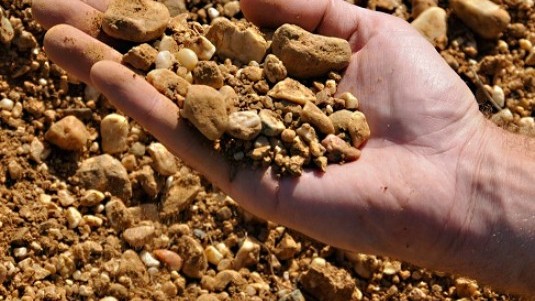Terroir misconceptions

“Up until now, research has found no metabolites from the soil in wine. If the soil of a vineyards is volcanic this does not mean that the wine will be sulfurous and, if it has such an odor, this will not depend on the soil but on how the wine was made. This, I repeat, based on current research. Some may not like this but this is how it is. The elements that comprise ‘terroir’ certainly have an effect on the final product but in a more complex way, given that they create elements in the grape that can distinguish a wine, as long as they are preserved during the winemaking process”. By agreeing with this very simple concept in a discussion on Facebook I provoked a slew of polemic and enraged reactions. And yet it was a statement based on indisputable scientific evidence, at least for now. According to Carl Popper, all scientific affirmations can be falsified and these could be falsified in the future. But for now this is the way it is and those rather extreme ‘terroirists’ will just have to live with it. The findings were also is in contrast to many common beliefs held by wine lovers who see a much closer rapport between a wine and its ‘terroir’ than pure coincidence. What it all boils down to is that the concept itself of ‘terroir’ is quite vague and, at the same time, much more complex than one could imagine and one is always unhappy when something is more difficult than expected. If I were to say that a clay soil produces wines that have more body I would be making a false statement. The body of a wine depends on a host of factors: the ripeness of the grape, its polyphenolic concentration, thus the amount of light it received, the type of grape, the climate and so on. They are all elements that compose ‘terroir’, as it is conceived by the French. At the same time, if Sangiovese grapes come from an area that is quite warm and sunny, where the vineyard has a low yield, a density of 5,000 vines per hectare, rootstocks that are not too strong and the weather at harvest was warm but not dry, with cool September nights, then in all probability the wine will have more body and elegance when the grapes were grown in a clay soil rather than a marl one. This, of course, if these characteristics were preserved during the winemaking process. I could cite other examples but I’ll stop here. This is sufficient to understand the complexity of an argument that I have only just brushed upon.

 Italiano
Italiano






